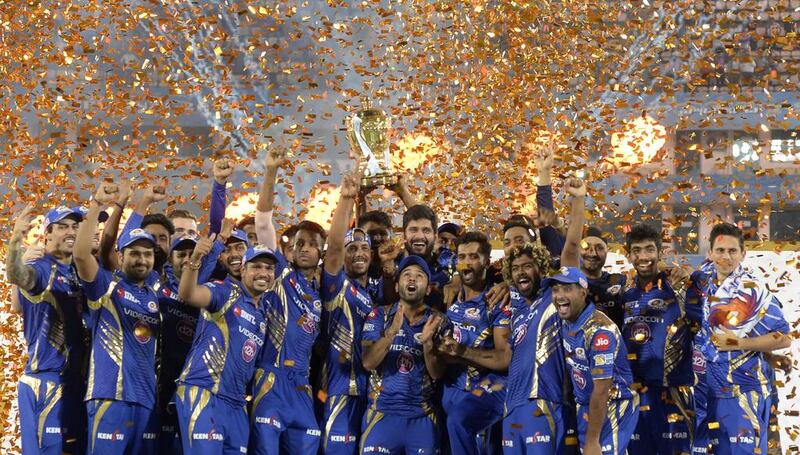As the game's Who's Who watched the green lasers criss-cross the stands at the Chinnaswamy Stadium on April 18, 2008, few knew what to expect from the Indian Premier League (IPL).
Under the stewardship of Lalit Modi, a ubiquitous presence until one scandal too many claimed him at the end of the third season, the IPL was all about ‘cricketainment’, with record TV audiences joining capacity crowds at the stadiums in soaking up what quickly became Indian’s favourite soap opera.
With so much of the emphasis on glitz and glamour – the after parties were legendary in those early years – one of the stated aims of launching the league was often overlooked.
That was to provide the fringe Indian player – the ones who had never, or hardly, represented the national side – a platform on which to showcase their talents.
For the first couple of seasons, the franchises’ focus was overwhelming on the big-name foreign players who came up for auction.
The seven Indians who made up the rest of the playing XI were often an afterthought.
Some teams invested heavily in over-the-hill stalwarts woefully unsuited to the Twenty20 format, others took a punt on Under-19 stalwarts yet to be tested at the highest level.
In some cases, it worked. Royal Challengers Bangalore took a chance on Virat Kohli in 2008, despite there being quite a few whispers about his volatile temperament.
Ten seasons on, Kohli is the face of the franchise. In 2016, he smashed the single-season scoring record with 973 runs.
__________________________________
ALSO READ
[ Stokes worth the money, Gambhir continues to produce: IPL 2017 team of the tournament ]
[ IPL 2017: Mumbai Indians win third title as Rising Pune Supergiant shrink at the end ]
__________________________________
But there were more duds than successes. Remember the $1.3 million Rajasthan Royals paid for Tyron Henderson in 2009, or the $600,000 Kolkata Knight Riders invested in Mashrafe Mortaza the same season? Singed by such experiences, the franchises turned to data analytics and better scouting in an effort to get more bang for their buck. The 2017 final was ample proof of how different things are now.
Five of the key performers were Krunal Pandya, Jaidev Unadkat, Washington Sundar, Jasprit Bumrah and Karn Sharma.
With the exception of Bumrah, not one of them is a regular in the Indian limited-overs sides. Unadkat and Sharma have been capped in the past, Sundar is just 17, and Krunal a mature 26.
A decade ago, most of these players – not yet considered good enough to represent India across formats – would have laboured in anonymity in domestic cricket, picking up modest match fees and working a day job in off-season to top up their incomes.
Now, each of them can afford to dream. Rahul Tripathi failed in the final, but his clean striking at the top was a major factor in Pune’s mid-season surge to glory.
In a video clip that can be viewed online, he speaks of his excitement at sharing a dressing room with MS Dhoni and Steve Smith, and of how he could barely put bat to ball the first time he batted alongside Dhoni in the nets.
Krunal’s younger brother, Hardik, is part of India’s Champions Trophy squad, but big brother was the main man in a low-scoring final, crafting a 38-ball 47 in an innings where no one else went past 24.
If and when he does get thrown into the deep end that is international cricket, such experiences will ensure that he is not fazed in the slightest.
Mumbai Indians would not have won the title without the captaincy of Rohit Sharma, or the experience and nous on view when Mitchell Johnson and Lasith Malinga bowled the final overs, but this was a season that illustrated the true value of the 'unknown' Indian. Nitish Rana set the tone for Mumbai early on, and Krunal helped finish the job as Mumbai become only the second side after Rajasthan (2008) to top the table and win the trophy.
As we look back on a decade of a competition that Modi wanted to be the biggest show on earth, the flowering of such talents is really its greatest triumph.
SPORTING READ
__________________________________
■ Read more: Find all of The National Sport's long reads in one place
__________________________________
Follow us on Twitter @NatSportUAE
Like us on Facebook at facebook.com/TheNationalSport





